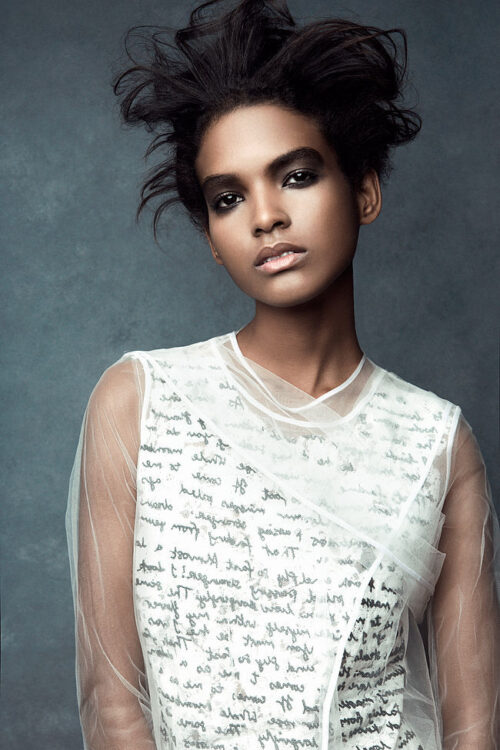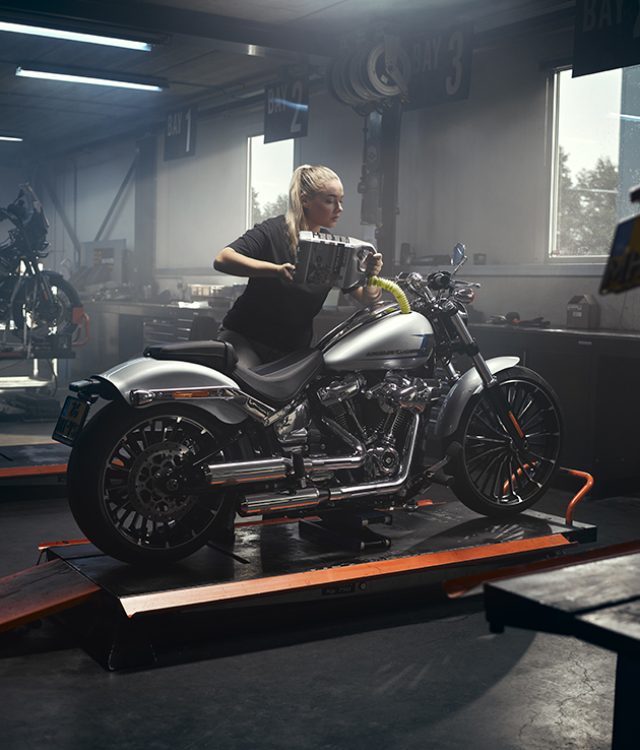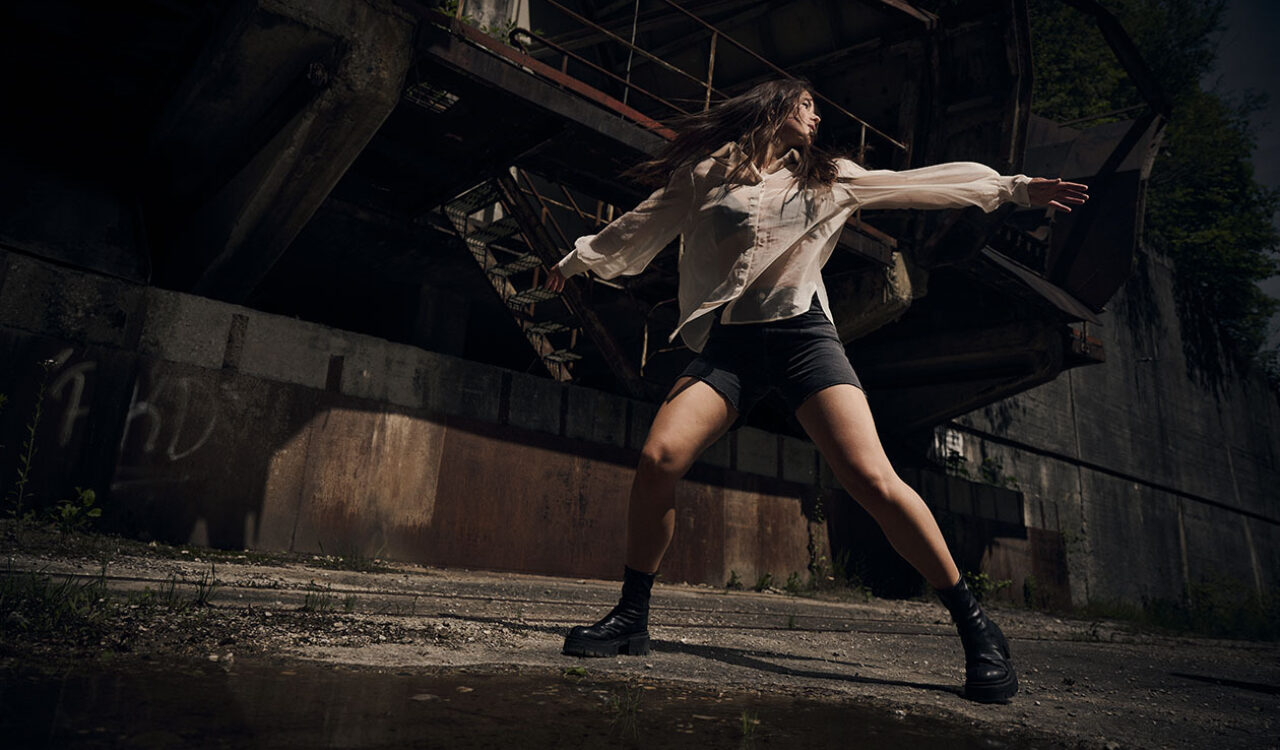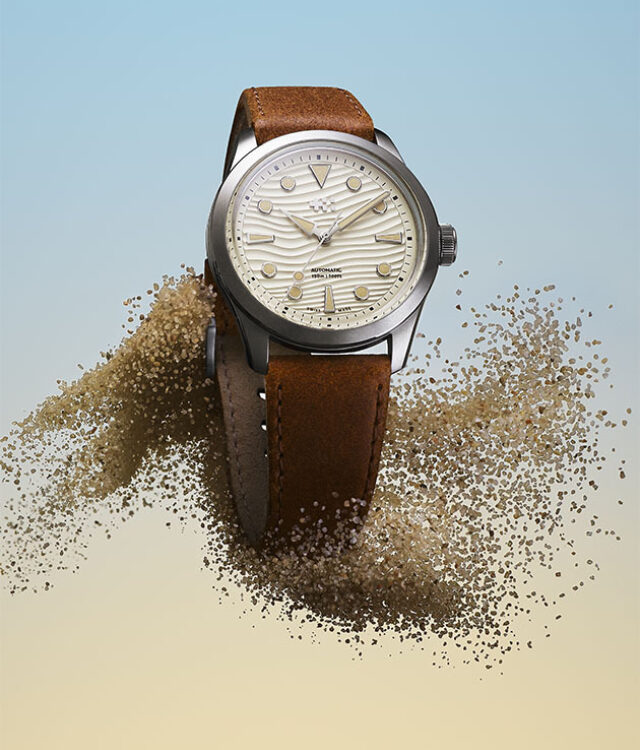When shooting portraits (either for editorials or clients) I prefer the set to be as simple as possible. In my opinion, little is needed to create simple, yet beautiful imagery if you have a plan and a good eye. Of course a team is needed on set to enhance to the styling, but for me, it all comes down to the subject and how you sculpt the light to enhance the mood or beauty. My inspiration for portraiture comes from fine-art imagery or renaissance paintings; I also take inspiration from early fashion photographers who favor simple lighting or modern day photographers who have adopted the technique.

For this editorial I shot for The Observer (The Guardian's Style Guide UK), I wanted to emulate natural window light using a single studio light. I chose to use the Octabox 150, a large diffused light, and an essential piece in my kit which I use almost every time I'm on a set. For this shoot, I angled the light differently on almost every shot. To make this easier, I opted to use a rolling c-stand with boom arm, which was easy to adjust every time to we wanted to change the angle of the light.

Galaxia (our model) has beautifully dark glowing skin, which is perfectly suited for direct diffused light. I wanted to be sure that every shot was consistent (which is very important to keep fluency in the story) but I also had to make sure there was enough detail in the clothes and contrast in Galaxia's eyes (both important to 'sell' clothes and lifestyle in editorial shoots). For cropped portrait shots, the Octabox was either directly facing her or slightly angled above her (as pictured in the behind the scenes shot, below), this gave a nice contrast and brought out the texture in the hand-painted background.
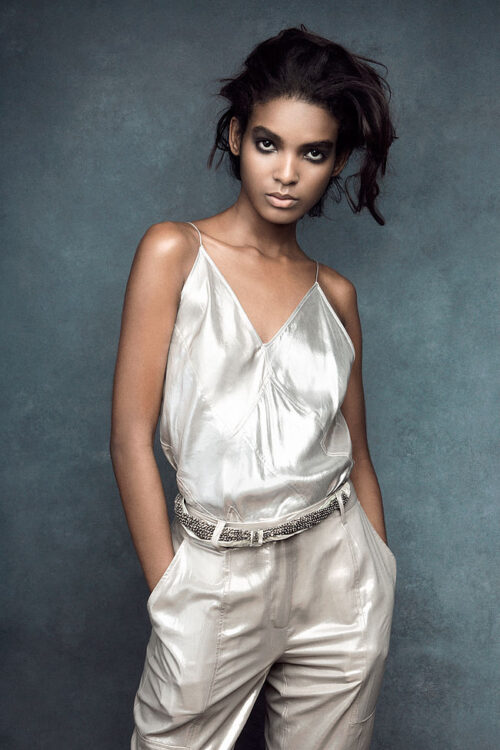

For other shots, I feathered the light (simply meaning the subject is lit by the 'falloff' of the light - created by angling the light head away from the model). For the full length shots, I moved the Octabox slightly further back towards me and enhanced the power to compensate for the change in distance. For a couple of the shots, we also used a circular reflector, placed slightly under the models' chin or waist to reflect the light and create catchlights in her eyes.

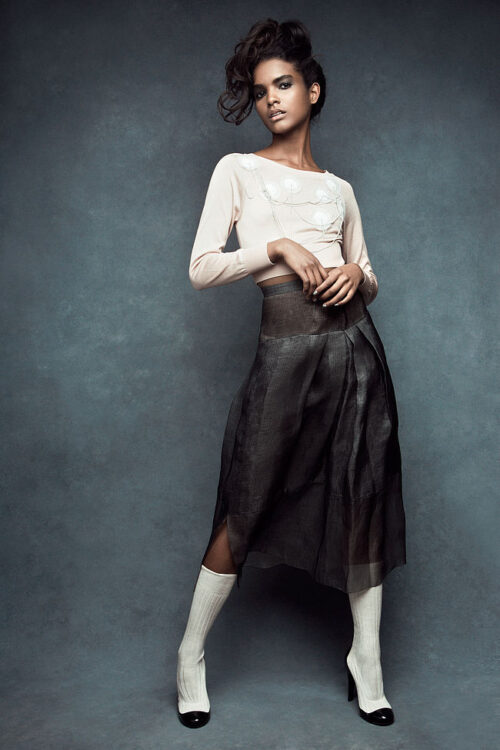
To mix it up a little, I experimented with one of the styling looks by shooting through a plastic perspex sheet sprayed with white clear gloss. You can see in the behind-the -scenes shot this created a very interesting perspective - almost as if she's sitting behind a window. The effect of the glass was made stronger by placing the glass closer and underneath the Octabox.

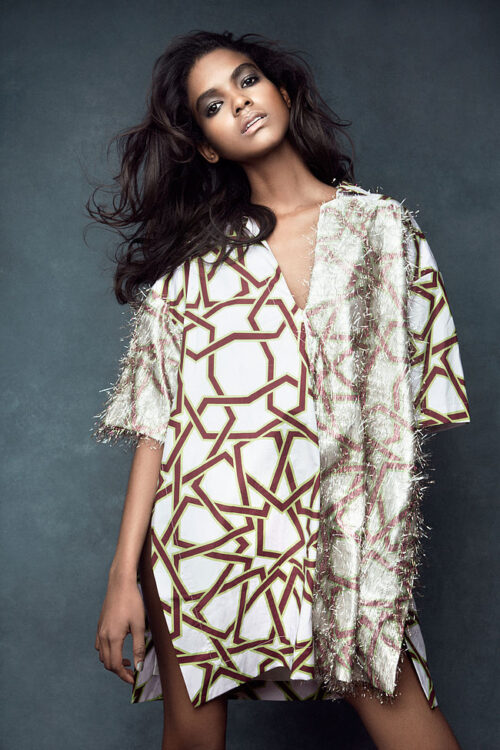
In the majority of my work I prefer to shoot with one light, or mix artificial and natural light. If necessary I add more lights such as filler lights (reflectors/softboxes lighting the background of filler lights on my subject) and I almost always use circular gold/silver reflectors and v-flats when working in the studio. The beauty of using the Octabox 150 is how many options it gives you to light your subject - whether that comes from adding more diffusion cloth to make the light softer, feathering the light by angling the light away from your subject or simply the contrast and fill of light that comes from the distance of your light to model.

